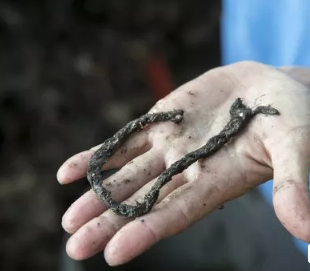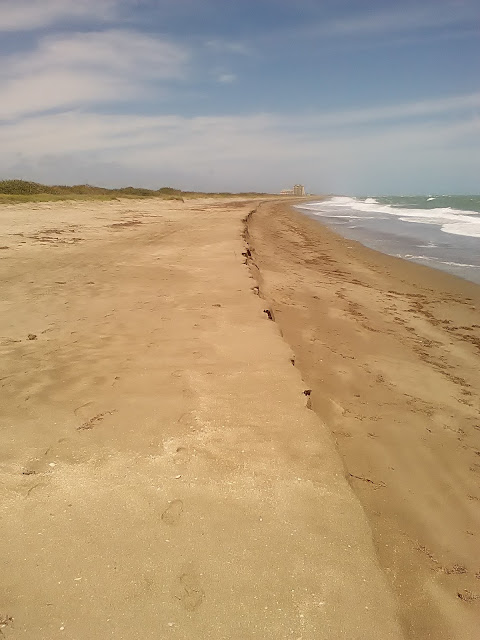Written by the TreasureGuide for the exclusive use of treasurebeachesreport.blogspot.com.
 |
| Source: See USAToday link below. |
Did you hear about the 220-pound gold coin that was stolen from a German museum? Yes, 220 pounds!
The coin, if it remains a coin, features a portrait of Queen Elizabeth II on the front and three maple leaves on the back. It was issued by the Royal Canadian Mint a decade ago, part of a promotional campaign for a line of gold coins. It's been on loan to the Bode from a private collection since 2010, museum officials said...
The stunning heist of a 220-pound gold coin worth more than $4 million from a German museum has bewildered authorities in Berlin and sparked a desperate hunt for the scratch before it is melted down.
The Canadian coin, known as "Big Maple Leaf," has a diameter of more than 20 inches and is more than an inch thick — it would make a great coffee table. It has a face value of $1 million, but the value of the gold is closer to $4.5 million.
Authorities suspect that the coin may have already been melted.
It appears that a wheelbarrow was used to get the coin to a car.
Here is the link for more about that.
http://www.usatoday.com/story/news/world/2017/03/28/spectacular-theft-4m-gold-coin-could-end-meltdown/99721988/
---
You might be interested in the Marine Technology Journal. You'll find articles on topics such as underwater imaging and ROVs.
Here is a link to one issue.
https://www.mtsociety.org/pdf%5Cpublications%5Cjournal%5CMTS39-3Color.pdf
---
President Trump's Florida White House reminds of another Florida White House. Nixon had a Florida White House on Key Biscayne.
I remember driving by the five home compound back in the day when Nixon was in office. There was a helicopter pad at the time. The compound didn't seem heavily protected back then, as I recall. He probably wasn't in residence at the time, but things were different back then. You could drive down the street right in front of it and the lots, as you would expect on Key Biscayne, were small.
Here is an article about that as well as a photo of what it looked like back then.
http://whcacannonball.blogspot.com/2012/05/president-nixons-florida-white-house-at.html
I did a lot of detecting around Key Biscayne. It has a lot of history. There was the old coconut plantation, and the lighthouse that the Seminoles burned, the well where old sailing ships used to resupply, and even treasure chests being found, one of which was found in an area now eroded into the Bay.
---
I haven't been to the beach for a few days. Very busy.
The surf will be down around two feet or a week or two. We've been having some nice low tides. The combination of small surf and low tides might give me the chance to do something I've been wanting to do for quite a while.
Happy hunting,
TreasureGuide@comcast.net


































